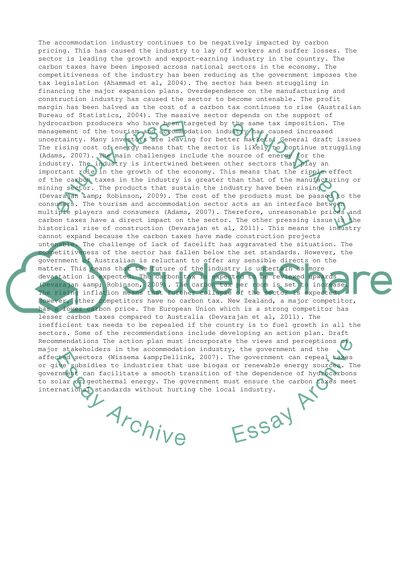Cite this document
(“Current business issue:carbon tax in an industry in Australia Assignment”, n.d.)
Retrieved from https://studentshare.org/business/1473803-current-business-issue-carbon-tax-in-an-industry
Retrieved from https://studentshare.org/business/1473803-current-business-issue-carbon-tax-in-an-industry
(Current Business issue:Carbon Tax in an Industry in Australia Assignment)
https://studentshare.org/business/1473803-current-business-issue-carbon-tax-in-an-industry.
https://studentshare.org/business/1473803-current-business-issue-carbon-tax-in-an-industry.
“Current Business issue:Carbon Tax in an Industry in Australia Assignment”, n.d. https://studentshare.org/business/1473803-current-business-issue-carbon-tax-in-an-industry.


